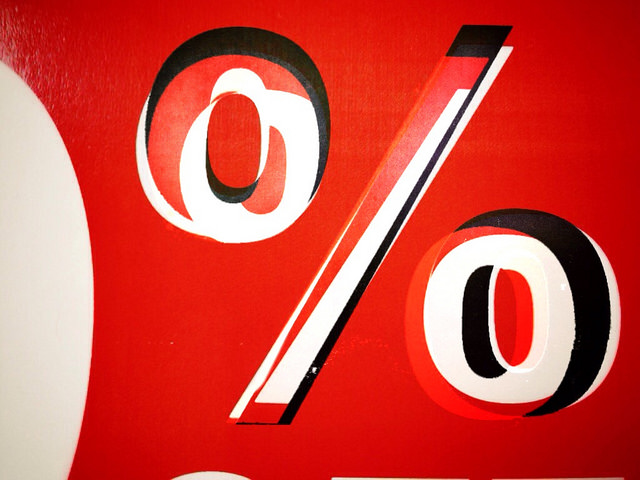According to the Mortgage Bankers Association’s Weekly Applications Survey, average mortgage rates moved up last week across all loan categories, including 30-year fixed-rate mortgages with both conforming and jumbo balances, loans backed by the Federal Housing Administration, and 15-year fixed-rate loans. The increases, though slight, were enough to cause a dip in mortgage activity. Refinance demand – which is typically more sensitive to rate increases – fell 3 percent from the previous week, while purchase activity was down 0.3 percent from the week before. But though demand was slower on a week-over-week basis, it is still up significantly from last year when mortgage rates were higher. For example, refinance demand is now 45 percent higher than at this time last year and requests for applications for loans to buy homes are nearly 8 percent above last year’s level. Unfortunately, though rates remain low and buyer demand is strong, a lower-than-typical number of homes on the market could be suppressing sales which, despite this, are on track to have their best year in a decade. The MBA’s weekly applications survey has been conducted since 1990 and covers 75 percent of all retail residential mortgage activity. More here.







